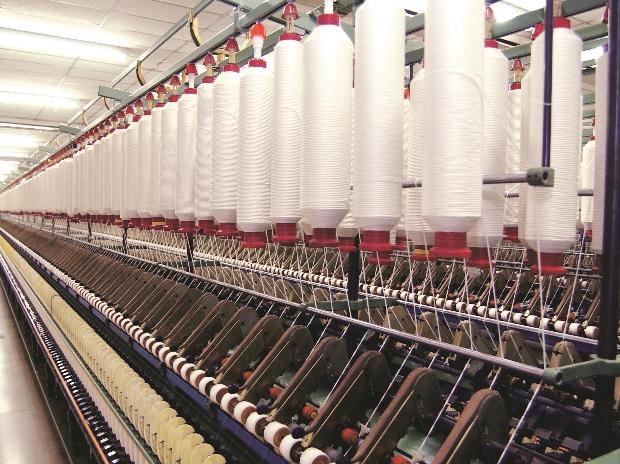Textile companies are expecting a revival in their fortunes in July-September on a rebound in customer footfalls and restocking by traders following GST (goods and services tax) compliance.
Profit margins of textile firms remained under pressure in the first quarter of the current financial year due to traders’ destocking ahead of the GST implementation effective July 1. Primary textile players had stocks returned to them amid fears of the GST’s burden on unsold inventory.
Not only small players but large ones, too, saw profits being squeezed in the quarter ended June. The net profit of Vardhman Textiles and Welspun Industries declined by 7.19 per cent and 38.39 per cent, respectively, during April-June. Grasim Industries reported a 9.48 per cent rise in its net profit, which according to a Motilal Oswal report, was driven by improvement in realisation from the VST segment. Overall volume growth from the textile business remained flat for Grasim Industries, the report said.
“Following the disruption due to demonetisation, the imminent introduction of the GST dampened demand during this quarter. The implementation of the GST has disrupted the unorganised sector, which has been demanding its removal on fabrics and resolution of the inverted duty structure,” said C S Nopany, chairman, Sutlej Textiles and Industries. The government announced demonetisation of Rs 500 and Rs 1,000 notes in November, which caused the cash business to come to a standstill.
Textile traders, especially those dealing in fabric and yarn, went on a 40-day strike in May after the announcement of a five per cent GST levy on them. With the government firm on the levy, traders resumed business after compliance with the new tax norms in July.
Analysts said business would become normal with a resumption in demand from the domestic and export markets. Apart from that, cotton prices, which remained elevated last year on low output, are expected to decline this year on expectations of a bumper crop.
“Adverse rupee movement against the Chinese yuan is affecting textile players. In addition, high cotton prices have posed a challenge. With supplies likely to rise in the upcoming season, cotton prices are expected to moderate by 5-10 per cent,” Sumant Kumar, an analyst with Emkay Global Financial Services, said in a report.
The Cotton Advisory Board estimated India’s cotton output at 34.5 million bales in 2016-17. The output is likely to be higher in 2017-18 on an increase in acreage. Analysts said textile companies with low debt and a better product mix were likely to perform better.









